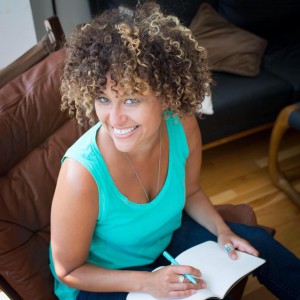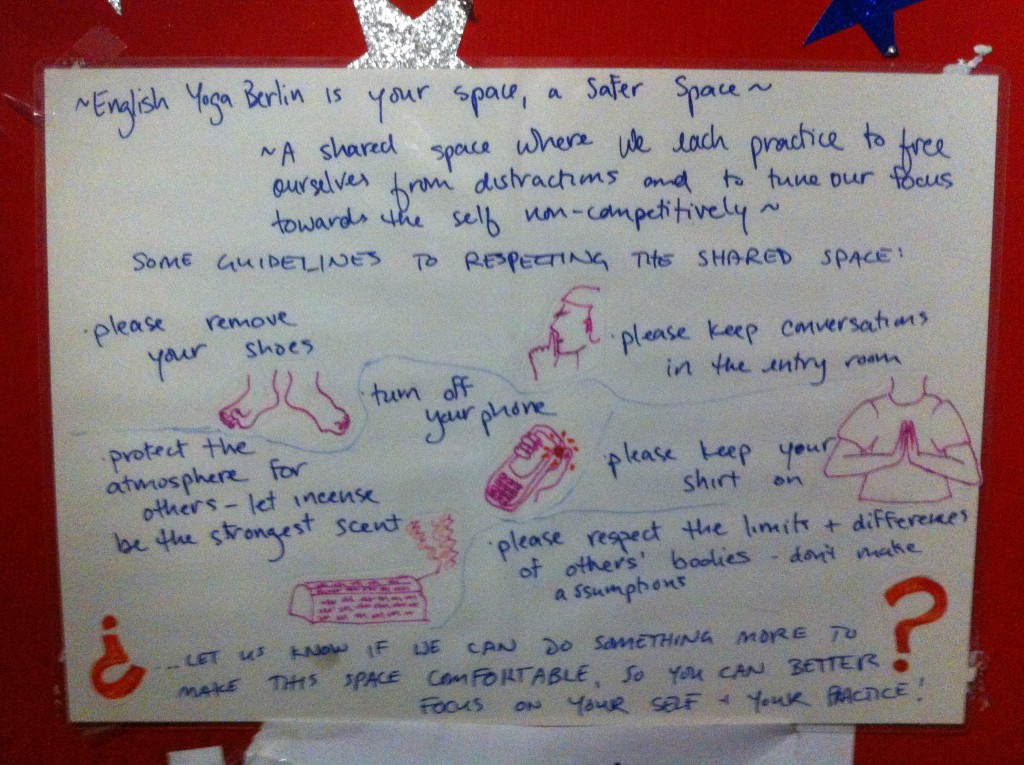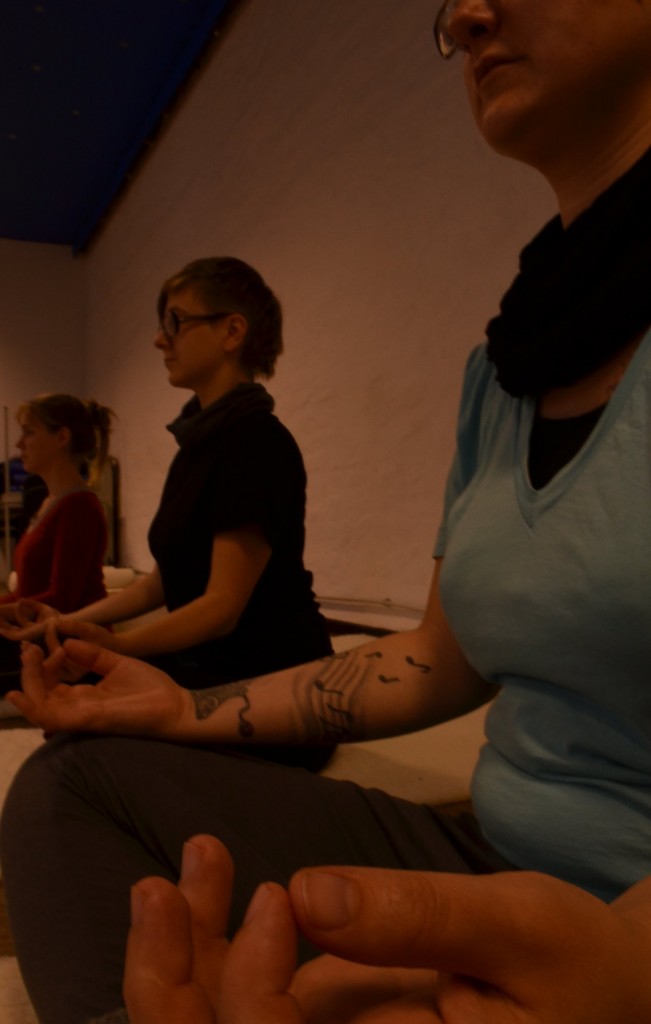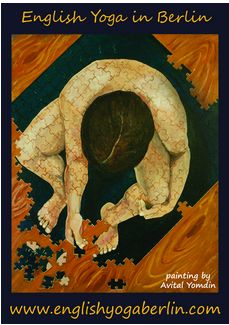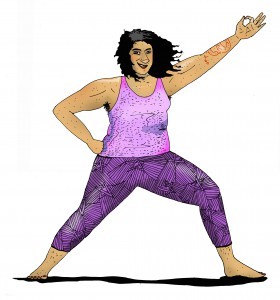Does it hurt? Can you do something to get rid of the pain? No? No problem.
You can remain content and relaxed in the midst of any experience. Including pain, sorrow, fear, or anger. Hang on… nobody said it’s easy, but we categorically say that it is possible. And not only that, it is possible for everyone.
 One way I know of dealing with pain is amazingly simple: To directly experience what is happening, in a steady and concentrated way. In other words, to meditate on the source of the experience.
One way I know of dealing with pain is amazingly simple: To directly experience what is happening, in a steady and concentrated way. In other words, to meditate on the source of the experience.
I have been using the Tantric meditations to deal with chronic pain for years. And, although the pain hasn’t entirely gone away, a lot of the side effects (mental anguish, fear, or other physical tensions) have disappeared. When my knee hurts I can accept it and remain relaxed, so it doesn’t cause me any real disturbance.
Of course, if you don’t know the cause of a pain, it’s best that you seek prompt medical advice. But, if the pain is already there, you might as well meditate on it on your way to the doctor.
You will find that many pains actually disappear when you experience them in this way. Or the quality or intensity of the pain may change. Or it may move, or get smaller.
How does one do it? Simply by going to the place of the disturbance. Locate it physically with your mind, and then experience it with curious detachment. Experience it, not like you want it to go away, but like you want to know about it. Where is the center of this sensation? How big is this area? Explore it like an objective investigator; or watch it like you watch a film.
We experiment with this method during the Tantric Tuesdays at KiKi, for example, feeling a tension during a yoga pose. We also practice some of the meditations that (like Antar Mauna) cultivate this ability of detached experience, or (like Tratak) teach the mind to concentrate intensely on one point.
I recently visited a friend, who’s also been coming to my guided moments. I found her in a desperate state due to an intense headache. Although she has only practiced for a few months, she has been very consistent and regular, so I felt that the meditative approach would help. Below I transcribe her impressions of what happened next, written the day after.
I woke up with pressure in the head. Something very usual for me since I´m eight years old. Lucky that since I´m a teenager I can take medicine against it. And I do, immediately, with the first signs of pain. So hard is it for me to resist the pressure, the burning and stinging at my forehead. So with 3 pills per day I get over it and stay 2-3 days without pain, and can continue my daily life
. Therefore, I always have medicine in my handbag. Always!
But this morning I received a lovely massage from caring hands and I felt I din’t want to swallow the pill. The pain got worse and then my stomach rebelled, so it was too late to take a pill. Ohhh I wanted to hit my head against the wall, like I did as girl, when the pain was unbearable.
I actually do not remember how I got on the chair in my room. I just remember this voice guiding me into my body, the stillness inside
. Ohh the throbbing got so heavy.. But I trusted and followed the guidance into the movement of my breath. I felt how my body was relaxing little by little, and at the same time the pain in my head became more intense. And I was guided directly into this pain. I felt the pain coming in waves and my tired body, leaning forward devoting to these waves. There was only pain and heaviness, and it felt eternal. I was awake and at the same time like sleeping, sitting on the chair. Until
Hari Om Tat Sat.
I just observed how my body laid down on the bed beside the chair. When I woke up, my head was completely free! I could not believe it, and noticed how I started to search for the pain. But quickly I dropped this idea and enjoyed my day.
Kathi hasn’t had any more headaches in the two weeks since this happened. But she claims to be eagerly awaiting for another episode, so she can try this method again. She also says that this experience has completely changed the way she approaches any pain or unpleasant feelings: Now she meets them as their curious explorer, rather than as their victim.
On another post, we will write about the mechanisms that make this shift in the experience of pain possible. For now, just take our word that it works. Or come and practice it yourself to find-out.
Pedro teaches Tantra yoga and meditation at English Yoga Berlin.






